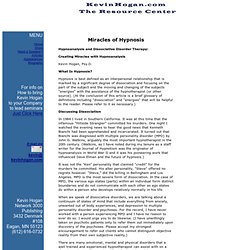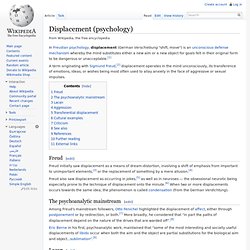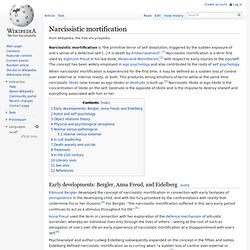

Sigmund Freud. Sigmund Freud (/frɔɪd/;[2] German pronunciation: [ˈziːkmʊnt ˈfʁɔʏ̯t]; born Sigismund Schlomo Freud; 6 May 1856 – 23 September 1939) was an Austrian neurologist, now known as the father of psychoanalysis.

Freud qualified as a doctor of medicine at the University of Vienna in 1881,[3] and then carried out research into cerebral palsy, aphasia and microscopic neuroanatomy at the Vienna General Hospital.[4] Upon completing his habilitation in 1895, he was appointed a docent in neuropathology in the same year and became an affiliated professor (professor extraordinarius) in 1902.[5][6] Psychoanalysis remains influential within psychotherapy, within some areas of psychiatry, and across the humanities. As such, it continues to generate extensive and highly contested debate with regard to its therapeutic efficacy, its scientific status, and whether it advances or is detrimental to the feminist cause.[10] Nonetheless, Freud's work has suffused contemporary Western thought and popular culture.
The Miracles of Hypnosis with Kevin Hogan. Hypnoanalysis and Dissociative Disorder Therapy: Creating Miracles with Hypnoanalysis Kevin Hogan, Psy.D.

What Is Hypnosis? Hypnosis is best defined as an interpersonal relationship that is marked by a significant degree of dissociation and focusing on the part of the subject and the moving and changing of the subjects "energies" with the assistance of the hypnotherapist (or other source). (At the conclusion of this article is a brief glossary of definitions including "dissociation" and "energies" that will be helpful to the reader. Discussing Dissociation In 1984 I lived in Southern California. It was not the "Ken" personality that claimed "credit" for the murders he committed. When we speak of dissociative disorders, we are talking about a continuum of states of mind that include everything from anxiety, unwanted out of body experiences, and depression to multiple personality disorder and psychoses.
Ego States- Important "Parts" that Create an Integrated Self Differentiation vs. Displacement (psychology) In Freudian psychology, displacement (German Verschiebung "shift, move") is an unconscious defense mechanism whereby the mind substitutes either a new aim or a new object for goals felt in their original form to be dangerous or unacceptable.[1] A term originating with Sigmund Freud,[2] displacement operates in the mind unconsciously, its transference of emotions, ideas, or wishes being most often used to allay anxiety in the face of aggressive or sexual impulses.

Freud initially saw displacement as a means of dream-distortion, involving a shift of emphasis from important to unimportant elements,[3] or the replacement of something by a mere allusion.[4] As he himself put it, “in the case of Verschiebung, 'displacement', the German term is closer to the idea of that veering off of signification that we see in metonymy, and which from its first appearance in Freud is represented as the most appropriate means used by the unconscious to foil censorship”.[11] Arthur J. Narcissistic mortification. Narcissistic mortification is "the primitive terror of self dissolution, triggered by the sudden exposure of one's sense of a defective self [...] it is death by embarrassment”.[1] Narcissistic mortification is a term first used by Sigmund Freud in his last book, Moses and Monotheism,[2] with respect to early injuries to the ego/self.

The concept has been widely employed in ego psychology and also contributed to the roots of self psychology. When narcissistic mortification is experienced for the first time, it may be defined as a sudden loss of control over external or internal reality, or both. This produces strong emotions of terror while at the same time narcissistic libido (also known as ego-libido) or destrudo is built up.[3] Narcissistic libido or ego-libido is the concentration of libido on the self. Destrudo is the opposite of libido and is the impulse to destroy oneself and everything associated with him or her. Early developments: Bergler, Anna Freud, and Eidelberg[edit]